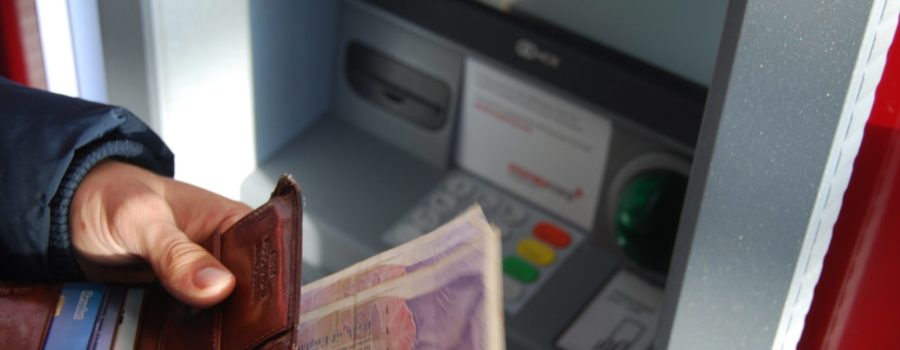Should you hold more cash to minimise sequence risk?
A common response to sequence risk is to increase the allocation to cash in a retirement income portfolio, relative to a growth portfolio.
The logic is that, if you have cash in your retirement income portfolio, you should be able draw on that cash at times when markets have fallen in value. This will provide time for the investments to recover their value; once they have recovered, you can start using the investments to fund your withdrawals again.
The hope is that by holding cash for this purpose, the risks in the portfolio will be reduced.
If you do decide to use cash in this way, you are effectively using market timing as a method of reducing risk or increasing the potential return on your portfolio. You are hoping that judgement will enable you to choose when to use cash or when to sell investments, in order to fund withdrawals.
Interestingly, research shows us that an increase in cash levels can increase risk levels for retirement income portfolios – it can actually increase the impact of sequence risk!
This result is because the return from cash, over the long run, tends to be lower than it is for other asset classes, so it increases the risk that the portfolio will be exhausted during your lifetime.
The research shows that if you hold a large amount of cash in your portfolio, you should actually reduce the amount you withdraw every year, relative to a portfolio with a higher allocation to risk assets, like shares and property.
However, only a very brave investor would have felt comfortable holding no cash and having to continue to make withdrawals from shares in the wake of the Banking Crisis of 2008. The science might tell us that this would have been the right thing to do, but that doesn’t make it any less frightening!
Whilst we think it is important to take note of the research and the science, you shouldn’t ignore your emotions when making investments.
Watching your retirement income portfolio fluctuate in value in the first few years of retirement can be terrifying, and it is particularly worrying to be making withdrawals from an investment that has fallen sharply in value.
Having an allocation to cash is comforting as it provides the certainty that you can continue to spend in retirement without threatening your future standard of living.
We think that it is possible to identify when reductions in the prices of shares (and other assets) have become extreme, and, at those times, it feels better to fund withdrawals from cash.
A good example of this was the Banking Crisis of 2008, when UK shares lost 45% of their value, but recovered in three years. An investor with a healthy allocation to cash at the start of the Banking Crisis would have been able to use the cash to fund their withdrawals, allowing time for their shares to recover their value.
More importantly, the investor with cash would have suffered fewer sleepless nights.
It is, however, important only to use cash to fund withdrawals when there has been an extreme fall in share prices.
Experience and wisdom can help avoid knee-jerk reactions, particularly when the media is so full of reports of disaster. For example, when shares fell in the second half of 2018, our investment committee recognised that the fall in prices was not extreme, particularly in the context of previous rises, so there was no need to start using cash to fund ongoing withdrawals.
It does make sense to hold more cash in a retirement portfolio, to give you peace of mind. The amount of cash you hold should depend upon your tolerance of investment risk and your ability to withstand falls in the value of your retirement income portfolio.
In previous posts, I concluded that the best ways to reduce the impact of sequence risk are:
• To set sensible withdrawal rates, taking account of what you are spending your money on.
• To spend the right assets in the early years of retirement.
• To minimise the impact of charges and taxes.
• To diversify your portfolio.
Whilst it may not help to reduce the impact of sequence risk, a sensible allocation to cash should form part of most retirement income portfolios.
Only a very brave investor would have felt comfortable holding no cash and having to continue to make withdrawals from shares in the wake of the Banking Crisis of 2008 Share on X
